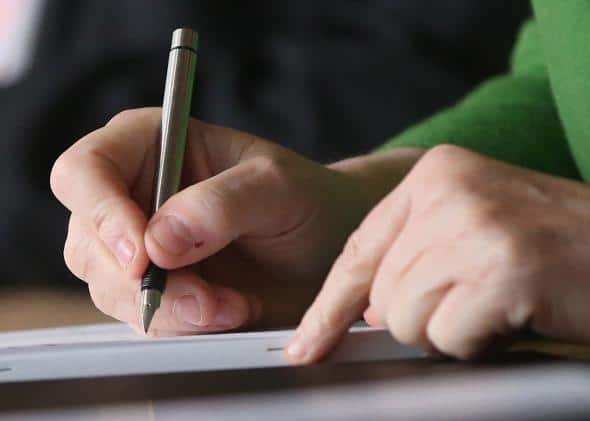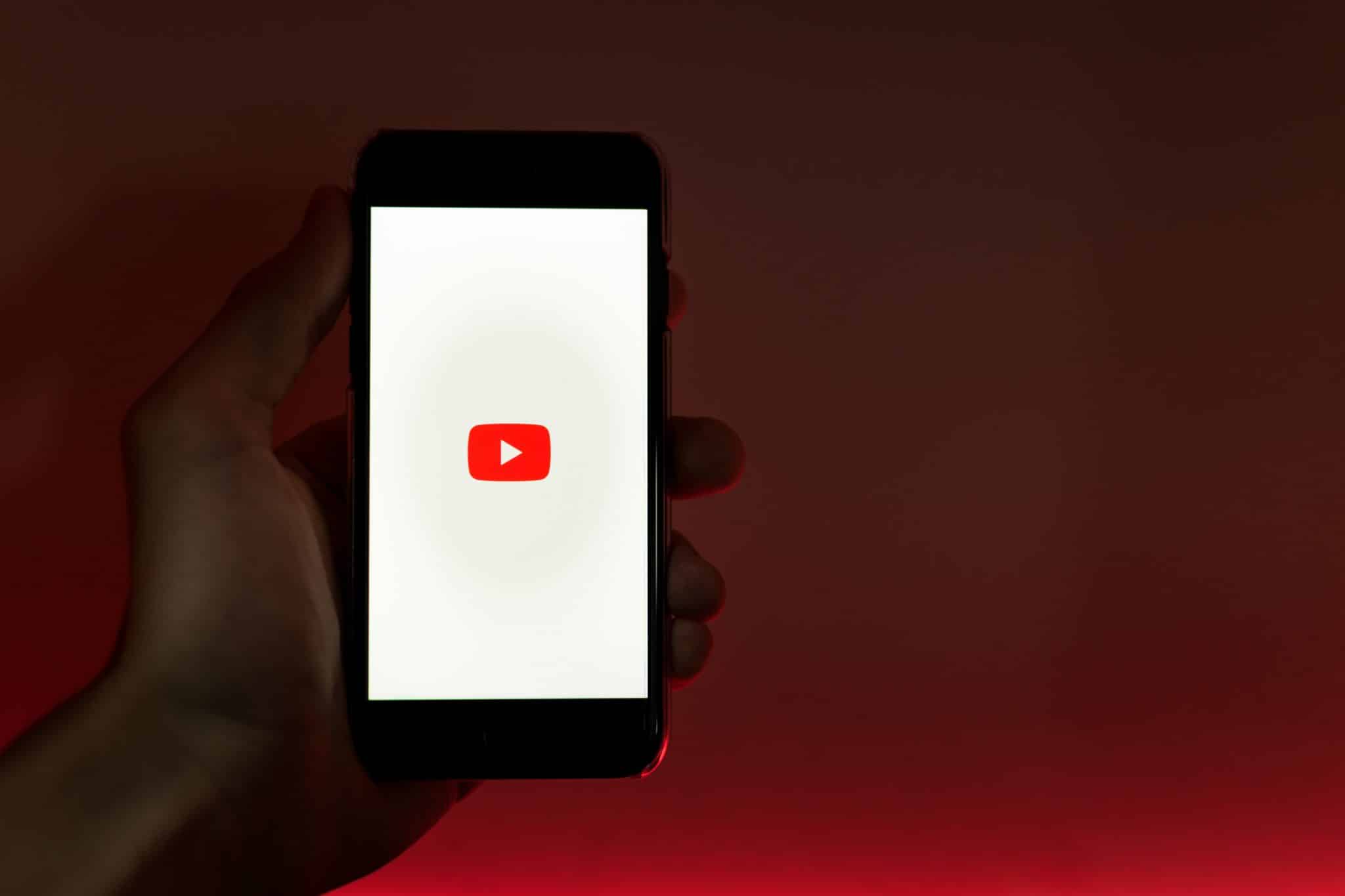Leaders motivate and encourage others to reach their potential.
Of course, they can be found across all career fields – leaders manage in sectors like insurance, education, business, arts, finance, healthcare, and government.
Leaders also know leadership is about more than just supervising or managing employees.
It takes responsibility and engagement with others to be a successful leader.
Leaders must have tools at their disposal to help them motivate and inspire others.
Some of these tools are actual programs or websites, some are traits or characteristics, and others are practices or written activities.
Yet all of them are tools that all leaders can use to enhance their learning or the learning of those around them.
1. Socrative

Leaders in the field of education, learning, or training can use Socrative to create quizzes for students, participants, or clients.
Other similar options are PollEverywhere, Plickers, and Kahoot.
2. Team Building Activities

Working with a team is a vital skill that all leaders should cultivate.
There are numerous resources with team building activities that can be used from small groups to large groups.
It can be as simple as working together to design a sign to represent your team or something fun like the spaghetti and marshmallow challenge.
3. Conflict Resolution

Conflict resolution is a skill leaders need for resolving disagreements or disputes.
It focuses on negotiating in an informal or formal process.
Collaboration and compromise are both essential strategies that can be used to manage conflicts that arise in the workplace effectively.
4. Personality Tests (Meyers Briggs)
There are numerous leadership self-assessments and personality tests available online, in books, and from various organizations.
Some are free or inexpensive; others come at a higher cost.
Meyers-Briggs is one of the common ones, but there are many others as well (True Colors, etc.).
5. The Rule of Three
The Rule of Three is a great tool to help with effective time management.
First, make a list of everything you do in a month.
Then, look through the list and highlight the top three tasks that appear on the list.
Prioritize these tasks to make the most effective use of your time.
6. Authentic Listening

Leadership is not always about taking charge and telling others what to do.
Authentic listening is listening with a purpose.
It means listening, empathizing, and understanding without automatically thinking about what our response will be.
Lifelong and continual learning is an important practice for all successful leaders, and genuine listening is the first step to authentic learning.
7. Emotional Intelligence

Emotional intelligence involves being aware of and managing our own emotions, as well as the emotions of others.
It means understanding how our emotions and others’ emotions can affect ours or others’ behaviors.
Leaders must understand how their emotions can both benefit and betray them in the eye of those they lead.
8. SMART Goals

Setting SMART goals is critical for any successful leader.
SMART means that goals should be specific, measurable, attainable, relevant, and timely.
One example may be telling yourself, “Before I open my email, I am going to spend ten minutes three times a week making a list of my tasks that must be completed during that particular day.”
9. Evidence-Based Learning

Evidence-based learning uses strategies, processes, or actions with evidence to support their effectiveness.
Spaced practice is one example of an evidence-based learning strategy.
When learning complex information, you are better able to comprehend and recall the info if you space out learning activities into regular smaller increments instead of cramming all at once.
10. Slack
Slack is a communication tool.
It allows instant/direct messaging and file sharing with other individuals or within groups of individuals.
Slack is a website and mobile app used by numerous companies and startups.
It can lessen the burden of reliance on email for quick messages between colleagues or groups.
11. Zoom

Zoom is a video conferencing platform.
Meetings, webinars, conferences, instant messaging, and file-sharing can all occur on Zoom.
12. LinkedIn

LinkedIn is a social networking site for professionals.
One great thing about LinkedIn is that you can scroll through your feed and see articles and information that people from your network are posting.
If you want to read about leadership, you can follow organizations or people who regularly post about that topic.
13. A Personal Mission Statement

One great tool that all leaders can develop is a personal mission statement.
Just as many organizations have mission statements, you can develop your personal mission statement for life and leadership.
14. Covey’s Time Management Grid

Stephen Covey is the author of the popular book Seven Habits of Highly Effective People, making him an expert on time management and efficiency.
His time management grid is a great way to organize tasks to help meet goals and deadlines.
Draw a grid with two columns marked Urgent and Not Urgent, and two intersecting rows marked Important and Not Important.
Tasks can get categorized as: Urgent and Important; Urgent and Not Important; Not Urgent and Important, or Not Urgent and Not Important.
Using this grid can improve your productivity and ease anxiety.
15. GRIT

GRIT stands for Guts, Resilience, Integrity, Tenacity.
GRIT involves having the passion and perseverance to meet your goals.
It means working hard, not giving up, and overcoming obstacles on the path to meet your short-term and long-term goals.
Of all the core traits and behaviors of a leader, GRIT is one of the most essential.
16. Critical Reflection

Critical reflection is one of the best tools that leaders can use to learn from their experiences.
Even mistakes, errors, or bad decisions can become learning opportunities.
All leaders make mistakes and have negative experiences, but the best leaders learn from them.
It is vital to learn and grow from your mistakes with critical reflection.
17. Culture
Leaders should focus on ensuring that there is a supportive and positive environment within their class, workplace, or community.
Culture isn’t created by accident.
Trust, integrity and open communication should be modeled by all leaders to create a culture of learning and development.
A culture of collaboration and the drive of working toward common goals also creates a positive environment for all.
So it’s crucial that you pass on your thirst for learning to your employees or teammates and establish a culture of learning.
18. YouTube

Yes, YouTube is a lot more than just funny cat videos now.
You can use YouTube for all kinds of learning and education.
There are so many online videos, courses, and tutorials available for free and at the tip of your fingertips.
19. TED Talks

TED Talks are a great learning tool about any topic you could think of.
There are several TED talks on leadership.
20. Quizlet

Quizlet allows you to create electronic flashcards or study materials that can be viewed on laptops or mobile devices.
Without the hassle of carrying around a bunch of index cards, Quizlet makes learning (and teaching) much easier for the average student.
These twenty ideas represent a variety of tools that should be found in the leader’s toolbox.
Take some time to hone these skills and tools to the best of your abilities, and you’ll have no problem attracting followers.

Author: Melissa Morris is a writer for TheTruthAboutInsurance.com and teaches nutrition and applied kinesiology at the University of Tampa. She has an EdD in educational leadership and a BS and MS in exercise science. Melissa is also an ACSM certified exercise physiologist and an ISSN certified sports nutritionist.









